Genoa preserves one of the largest medieval historic centers in Europe, in its tangle of caruggi and squares it holds the symbols of power and treasures of its past as a Maritime Republic. Not only that, the Strade Nuove and the system of the Palazzi dei Rolli have been inscribed since the beginning of the 21st century in the UNESCO World Heritage Sites. Its churches, palaces and museums preserve masterpieces of art history ranging from the Middle Ages to the Baroque and beyond. This particular historical and artistic fabric attracts many tourists every year, who flock to the exhibition halls of the Ducal Palace and the museums of Strada Nuova, others visit Palazzo Spinola or Palazzo Reale, those less interested in art go inside theAquarium, the Galata - Museo del Mare or the Museum of the Risorgimento, located in the house where Giuseppe Mazzini was born. Decidedly fewer, however, venture outside the center of Genoa to visit museums in the charming Nervi district. Here, in the limited space of just over a kilometer, are housed the modern and contemporary art collections of the city of Genoa located in several museums: the Modern Art Gallery of Villa Saluzzo Serra, the Raccolte Frugone of Villa Grimaldi Fassio, the Giannettino Luxoro Museum and the Wolfsoniana. Together they form a very rich museum circuit, oscillating between public and private collecting, where works of art from several centuries and a wide variety of techniques (including applied arts and design) are integrated with the splendid seascapes and lush public parks.
This extraordinary exhibition center in particular allows visitors to immerse themselves in works of art from the 20th and 21st centuries, and the essential stop on this journey is the Genoa Modern Art Gallery, which has found space since 1928 in the luxurious spaces of Villa Saluzzo Serra, an elegant building set within a scenic public park overlooking the sea. The origins of the Galleria d’Arte Moderna’s collections, on the other hand, are older: some of its works were in fact already housed in 1892 in Palazzo Bianco, later transferred to Palazzo Rosso, and then found a permanent home in Nervi.
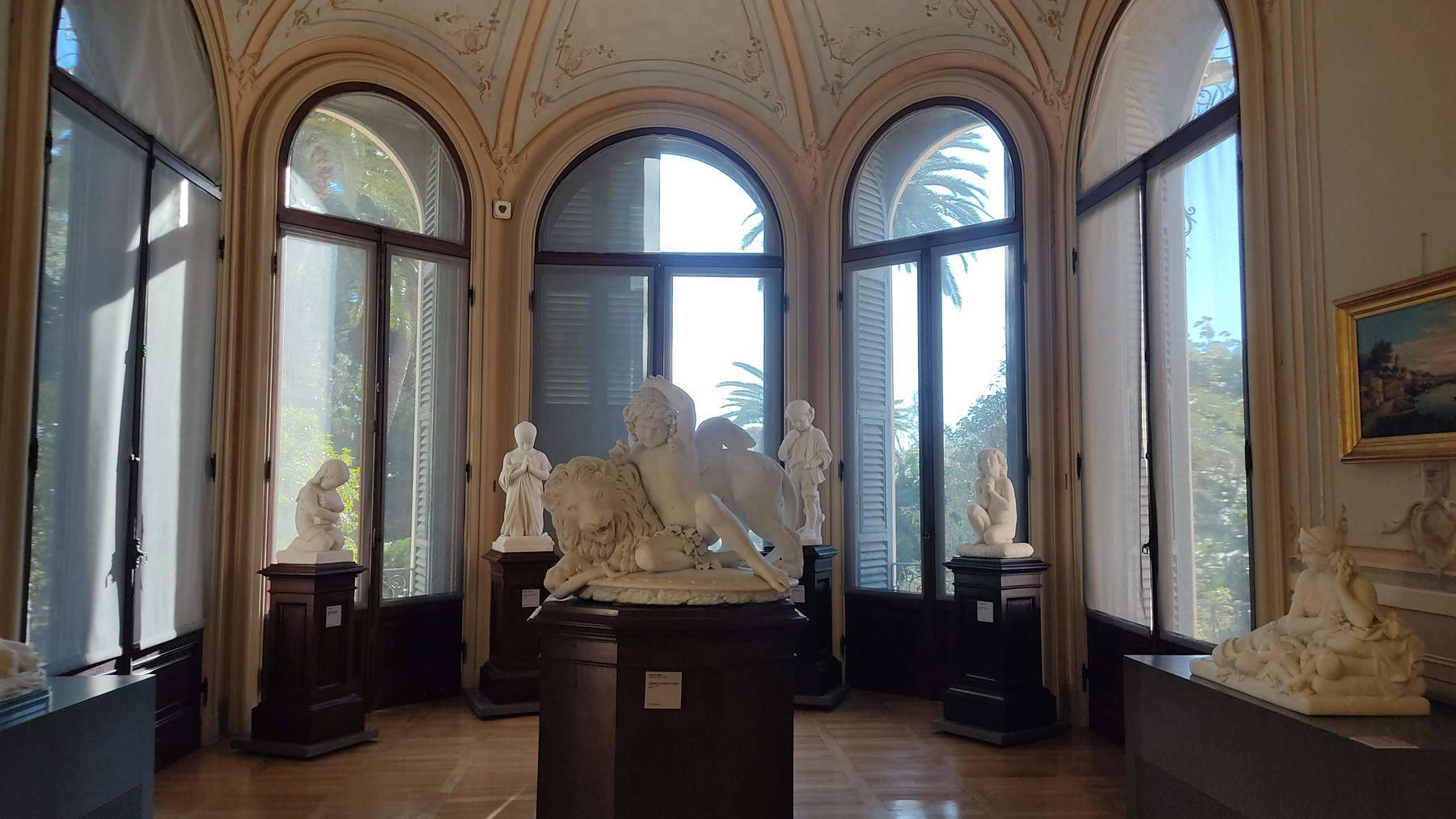
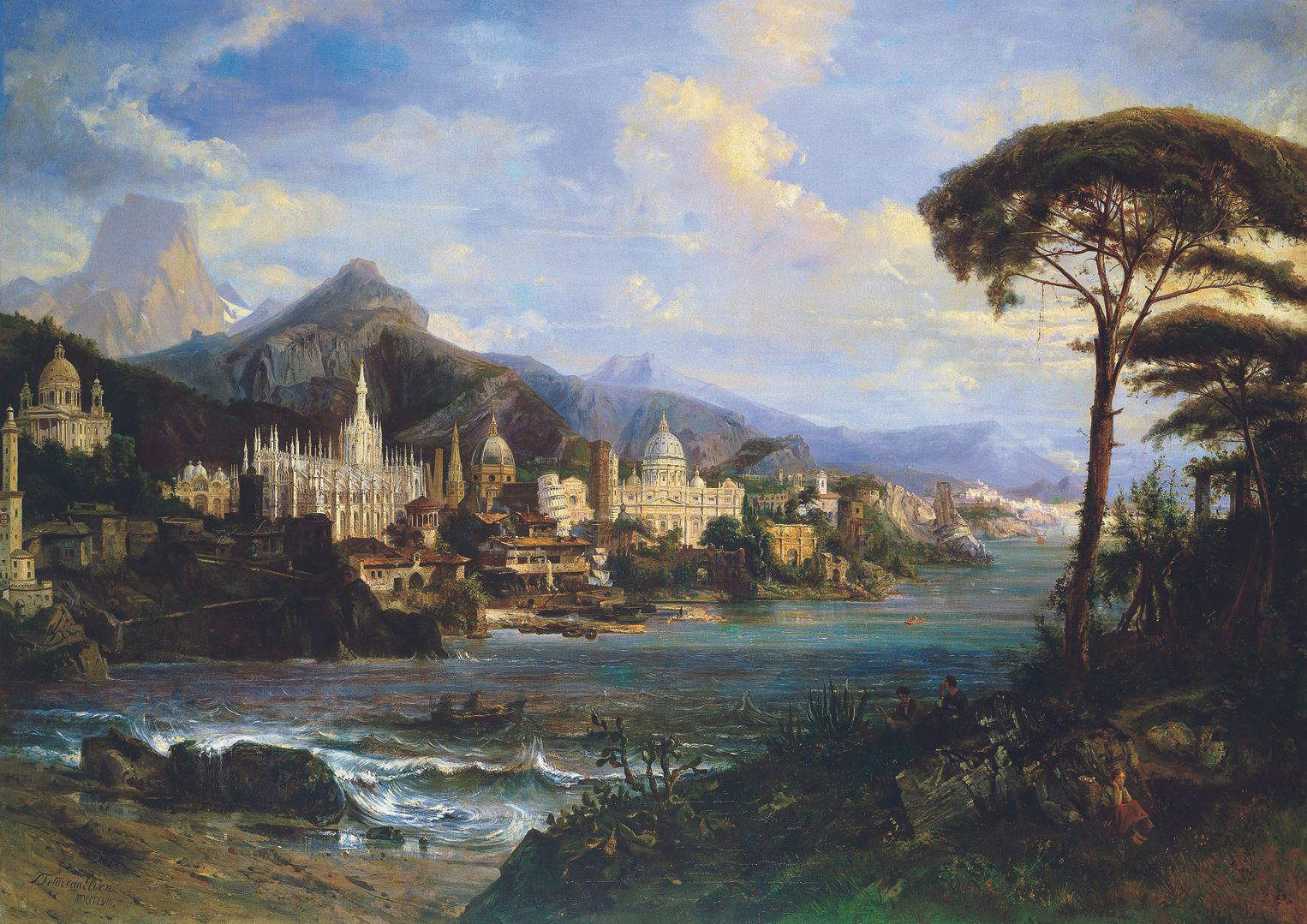
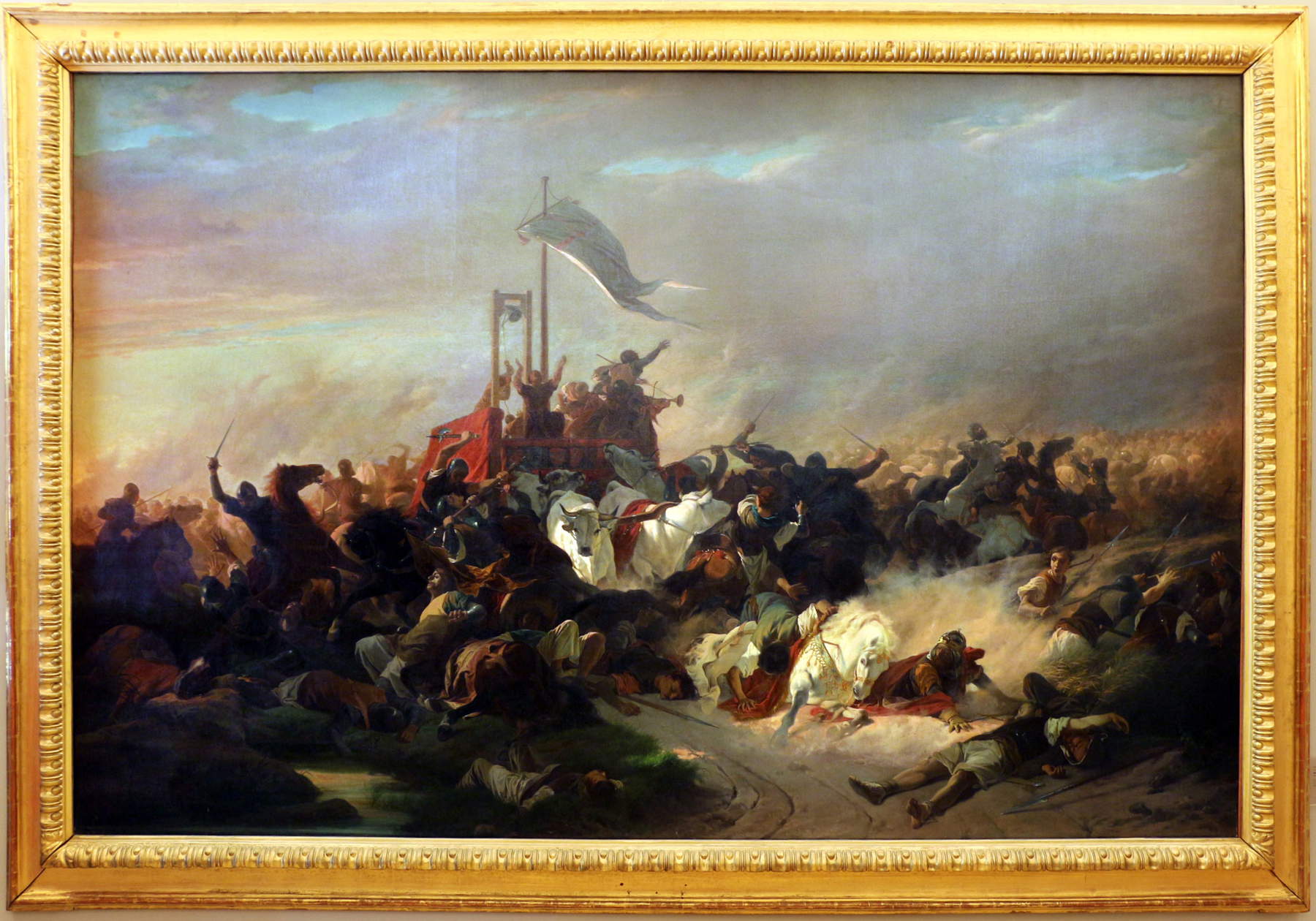
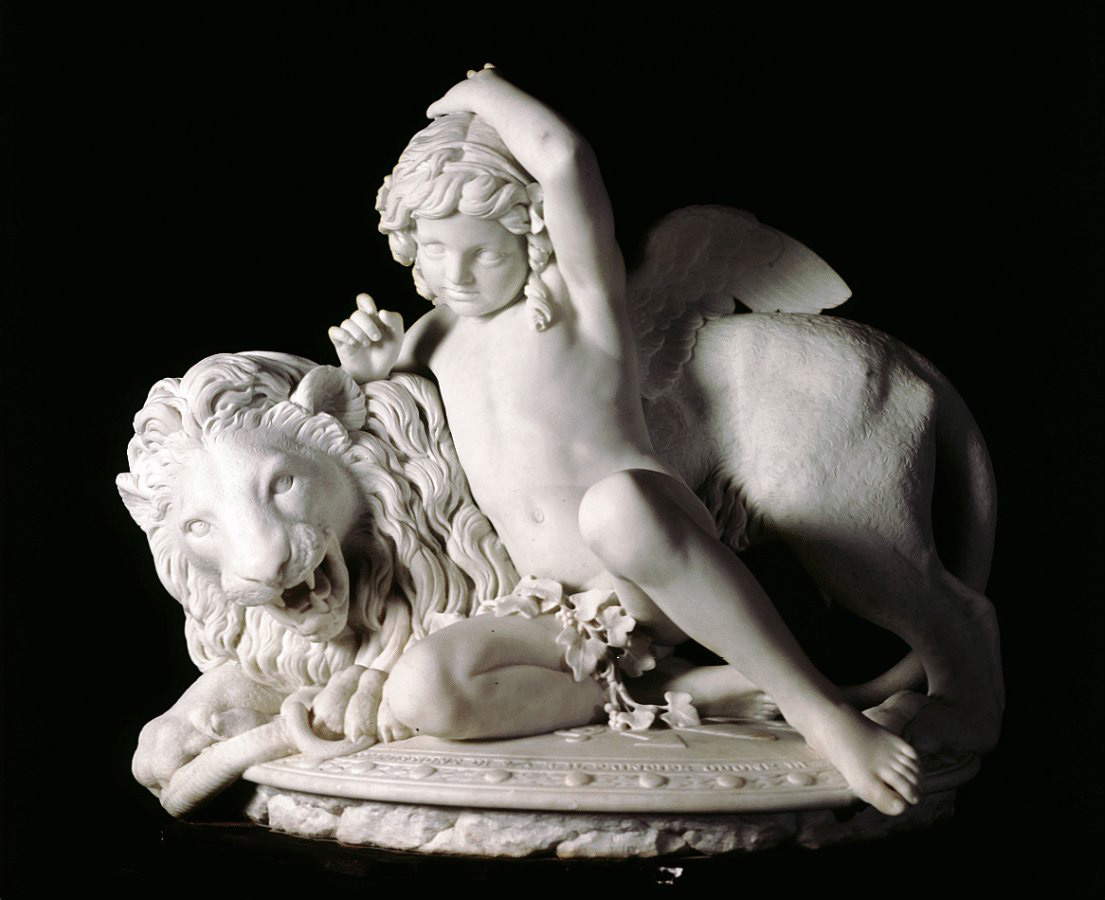
The first exhibition room that welcomes the visitor is dominated by graceful Rococo-style floral stuccoes and a luminous bay window that opens onto the park with its large windows. Here find their place foreshortenings and views painted in the second half of the 19th century, most of them dedicated to the city of Genoa. Of interest is the monumental canvas of romantic temperament painted by the Dutchman Petrus Henricus Theodor Tetar van Elven, and which had belonged to the marquis, of Mazzinian ideas, Filippo Ala Ponzone. The work entitled Fantastic View of the Main Monuments of Italy, painted in 1858, is a kind of manifesto extolling the Unification of Italy; in fact, arranged along a stretch of coastline, the painter depicted all the most characteristic monuments and symbols of the Belpaese. In the center of the room are a number of marbles by different authors, which belonged to Prince Odone of Savoy, and which came with other works as a bequest to the city, a gift that was meant to have the flavor of compensation for the privileges and autonomies of the Ligurian port lost with unification. The group L’amore che doma la forza by Santo Varni, an artist with a passion for archaeology who was very close to the young Savoy prince, is valuable. The sculptor reworks a famous allegory by the Dane Berthel Thorvaldsen, toning down its austerity characters in favor of a more playful interpretation, where a pearly child annoys a lion with an arrow with blatantly naturalistic features.
The next room is devoted instead to sketches and models of important Genoa monuments, including Francesco Semino ’s circa 1872 model for the dome of the Church of Nostra Signora della Consolazione, in which the painter painted the Fall of the Rebel Angels. The itinerary continues with large and valuable academic paintings of neoclassical or Romantic intonation, the result of private collecting attracted by themes related to the Unification of Italy. Among these, the collection of Odone di Savoia, the fourth-born son of Victor Emmanuel II, still stands out.Ill from an early age, he was sent to Genoa to benefit from the seaside climate, where, however, he unfortunately died at just 21 in 1866. Here the prince resided in several villas, including the splendid Royal Palace in the center of Genoa, where he kept his eclectic collection of antiquities and modern works now scattered in numerous Ligurian museums. Also part of his collection was the impressive painting Battaglia di Legnano by Enrico Pollastrini of Livorno, a Romantic painter who devoted many of his paintings to Risorgimento yearnings. The large canvas is dedicated to the historic battle that in 1176 saw the troops of Emperor Frederick Barbarossa and those of the Lombard League, formed by the various Communes that put aside their rivalries to face the invading enemy.
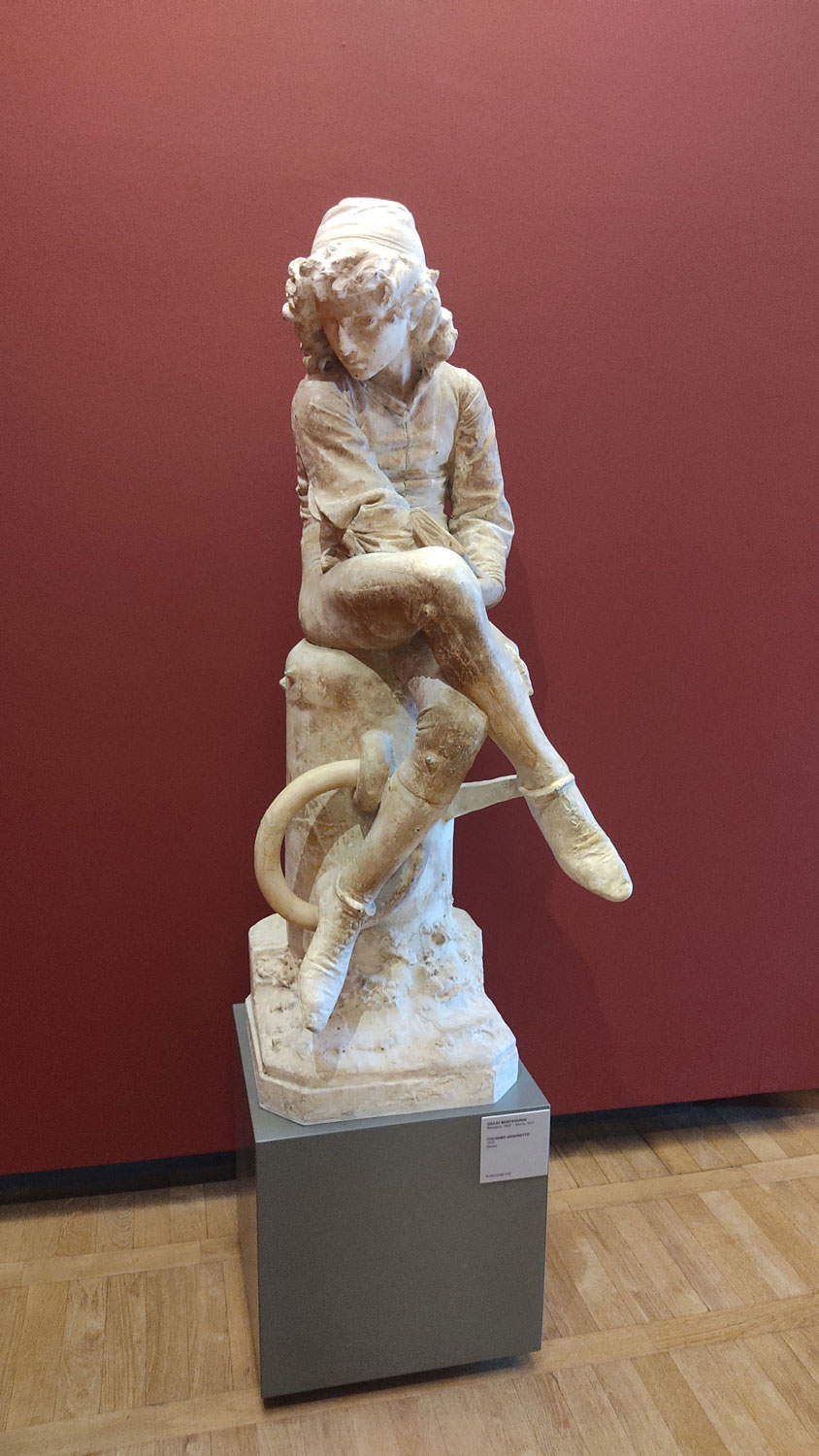
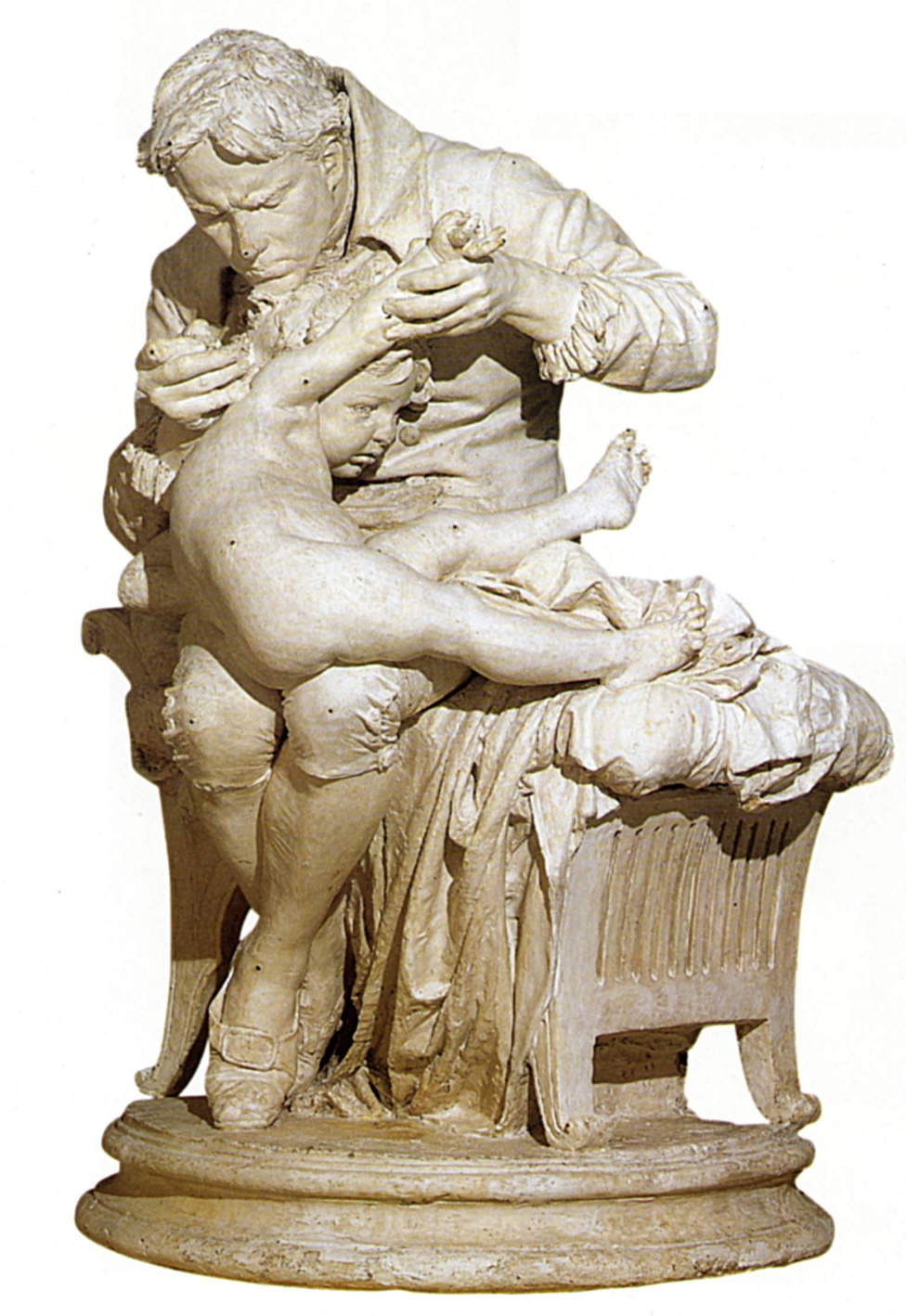 Giulio Monteverde,
Giulio Monteverde,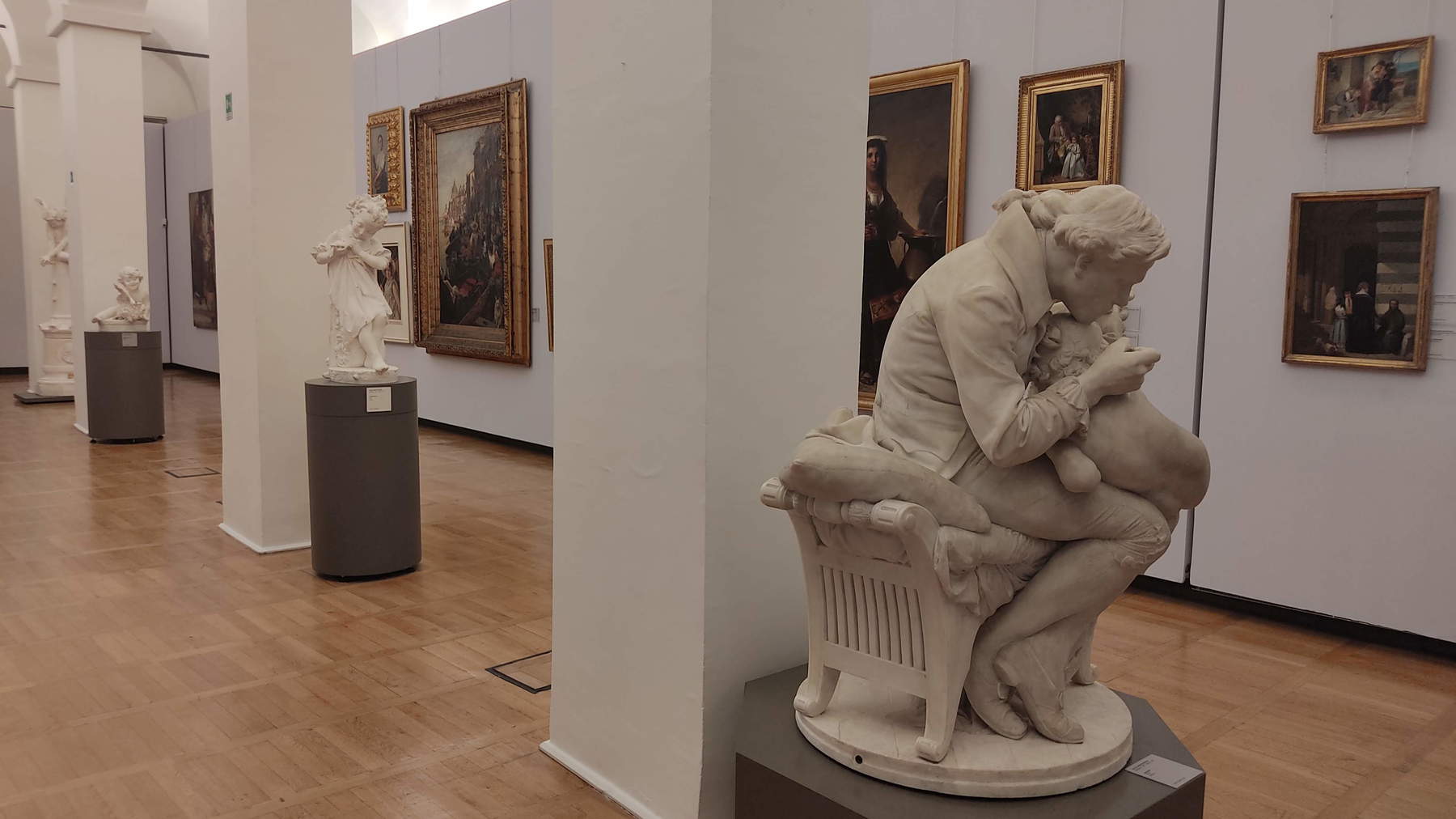
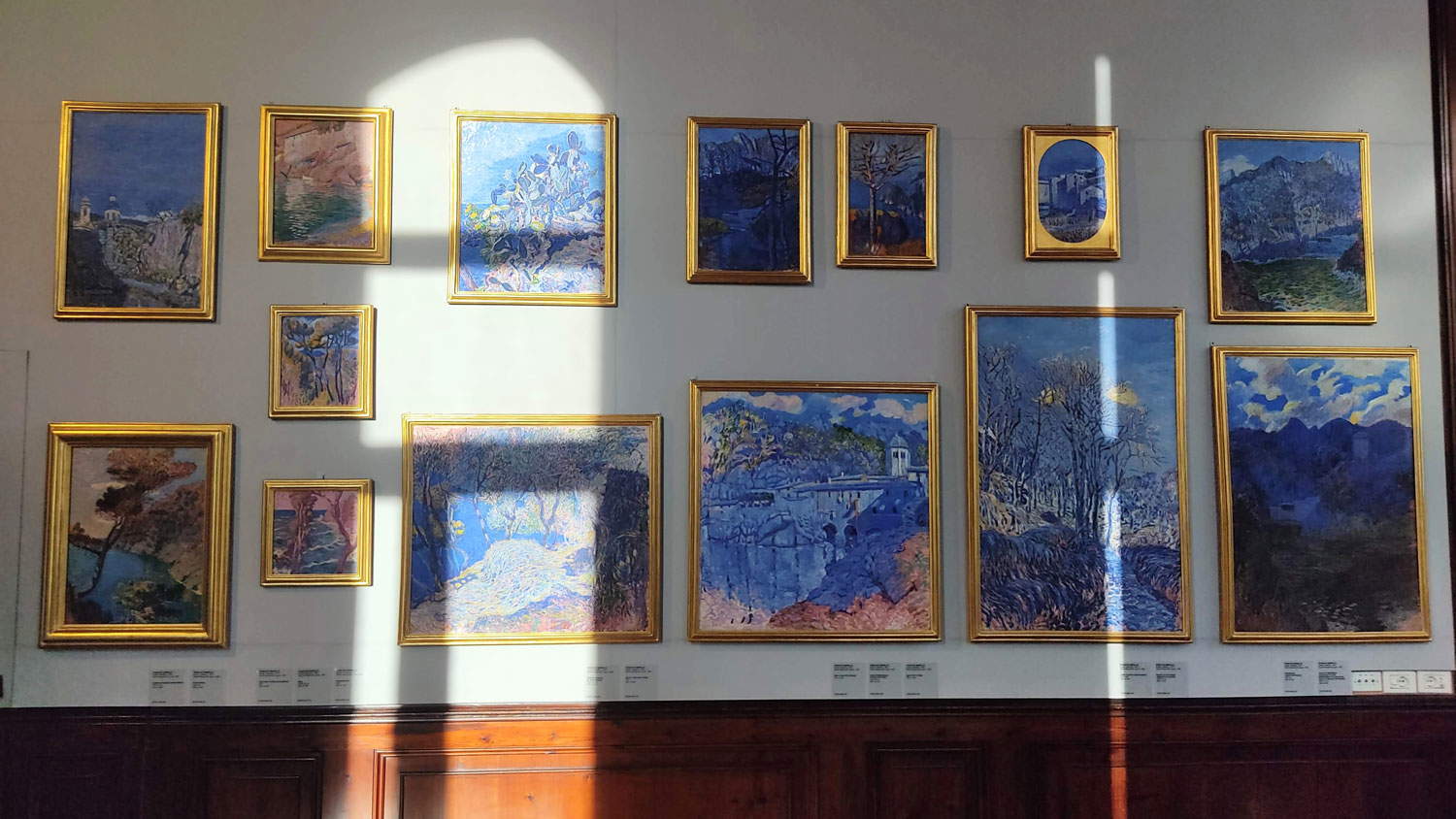
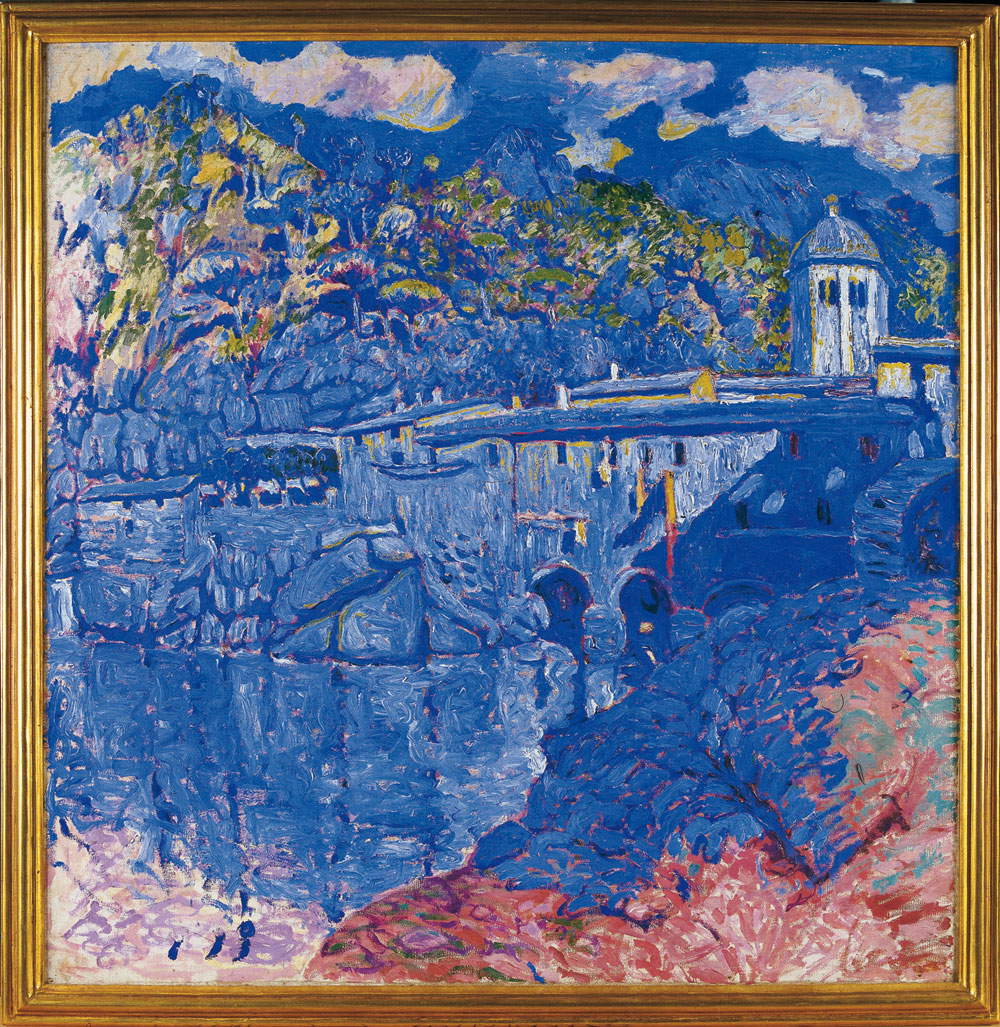
Also depicted in the melee of fighting is the Carroccio, a symbol of the autonomy of Lombard municipalities, which even today has not lost its symbolic value. Pollastrini with great scenographic sense gives life to a heroic composition, so far removed from the disconsolate battles that a few years later one of his pupils, Giovanni Fattori, would paint. Another painter of historical facts well represented in the museum is the Genoese Nicolò Barabino. In his native city he was very active in palaces and churches; he later moved to Florence where he came into contact with the Macchiaioli, while in Paris he frequented the Salons animated by the Impressionists. He learned from one and the other, but without ever abandoning anecdotal or literary themes, as in Dante meets Matelda or in the vast and unfinished painting The Last Moments of Charles Emmanuel of Savoy I, works with a more Symbolist climate, a gift to the city of Genoa from King Umberto I.
Subsequently, the itinerary continues with essays on landscape painting, works of a verist flavor, including those by artists who participated in the Scuola dei Grigi, a Ligurian painting formation, which in the wake of the Barbizon and Macchiaioli artists, adhered to an anti-academic and naturalist vision, renewing landscape painting in northern Italy. They included artists such as Ernesto Rayper, Alfredo D’Andrade and Tammar Luxoro. The school’s name derives from the silvery-gray color tones the group employed to translate the brightness of the landscape.
Next come some vexatious sculptures by Giulio Monteverde, among the most active sculptors in the second half of the 19th century. Among these, Jenner of 1878, a virtuoso sculptural group inspired by the figure of Edward Jenner, the physician who first experimented with smallpox vaccines, deserves special mention; the work achieved considerable success at the Vienna World’s Fair, where it was awarded a gold medal. Equally famous is the youthful Columbus: the explorer still a child is absorbed in his thoughts as he sits on a bollard; the work is part of the Romantic fashion of depicting the great figures of Italian culture in their youth.
The visit continues on the second floor with the exhibition of 20th-century artists, whose works abandon the rigorous and emphasized didactic or patriotic content, focusing instead on the different formal outcomes that interested painters in this century of modernity. Fundamental to the rejuvenation of the Ligurian art scene was the figure of Plinio Nomellini, an artist from Livorno and pupil of Giovanni Fattori. Arriving in Genoa in 1890, the Tuscan spread over the years the poetics of painting of social, Divisionist and Symbolist significance. The museum holds some of his important works, including the two immense canvases Gente Nova and Il cantiere, which Nomellini painted on commission from the Sampierdarena Town Hall in 1907. While the former is an allegorical and epicizing painting, part of that production for which Nomellini’s services were much in demand in the public sphere, Il cantiere, on the other hand, still has reminiscences of social painting, albeit rendered with a Divisionist brushstroke.
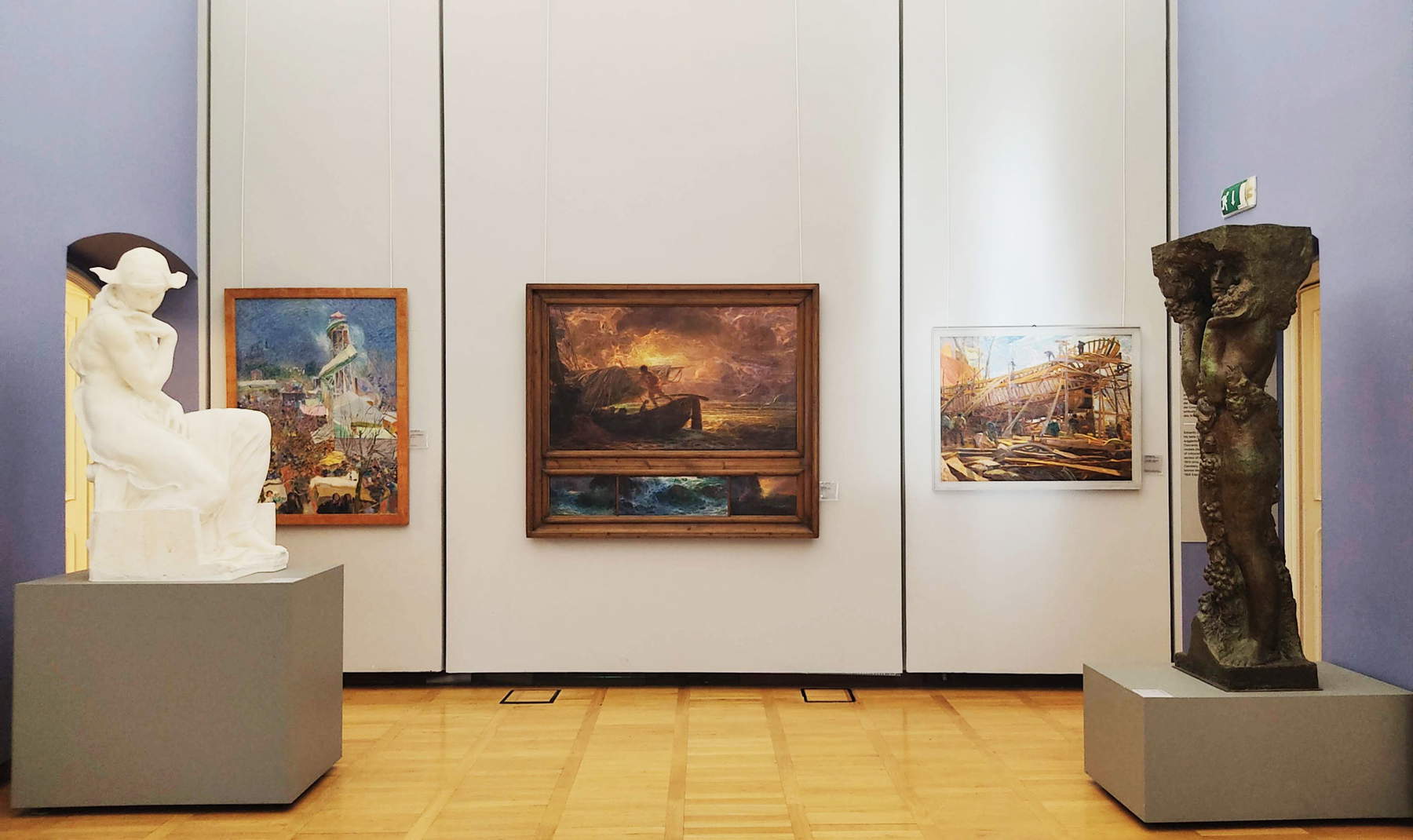
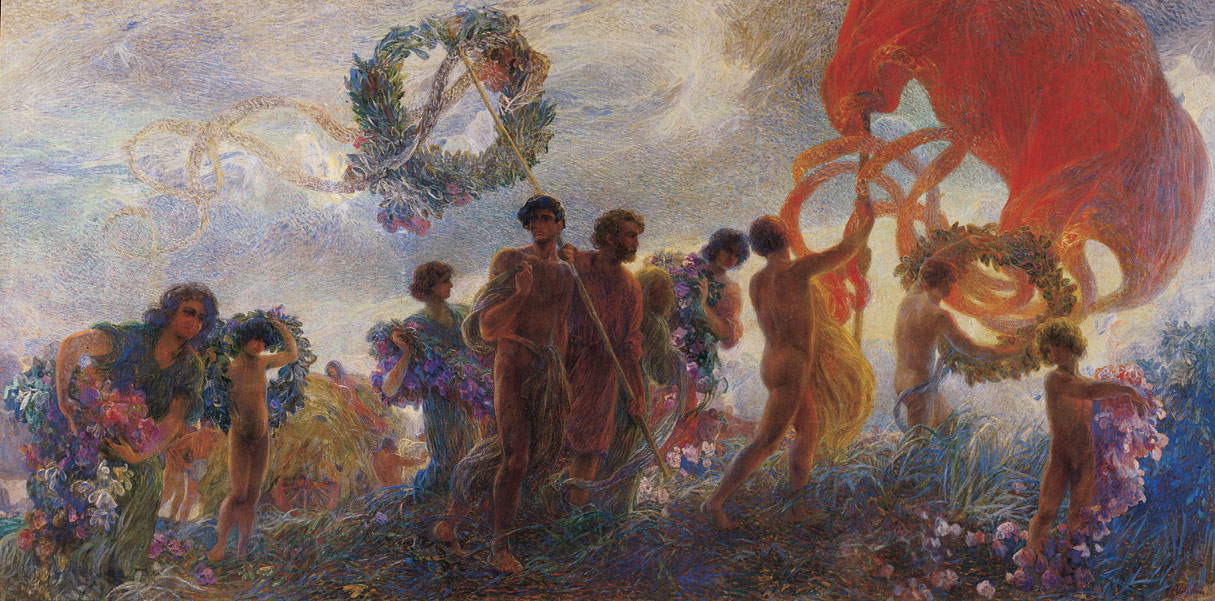
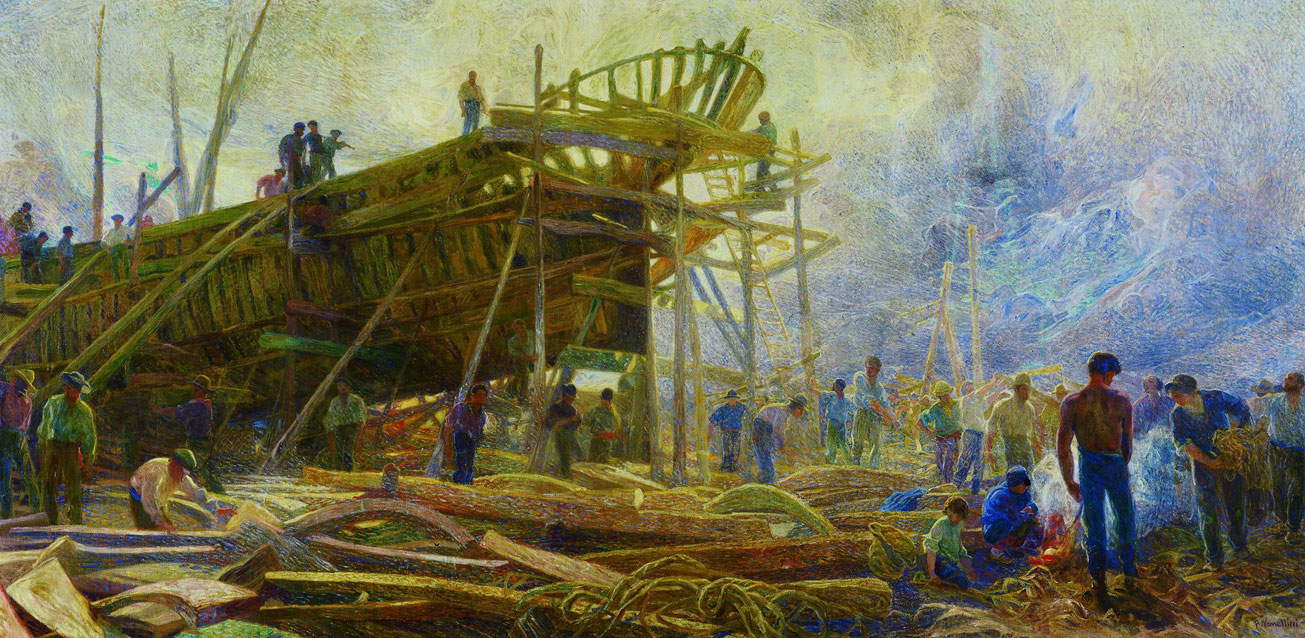 Plinio Nomellini
Plinio Nomellini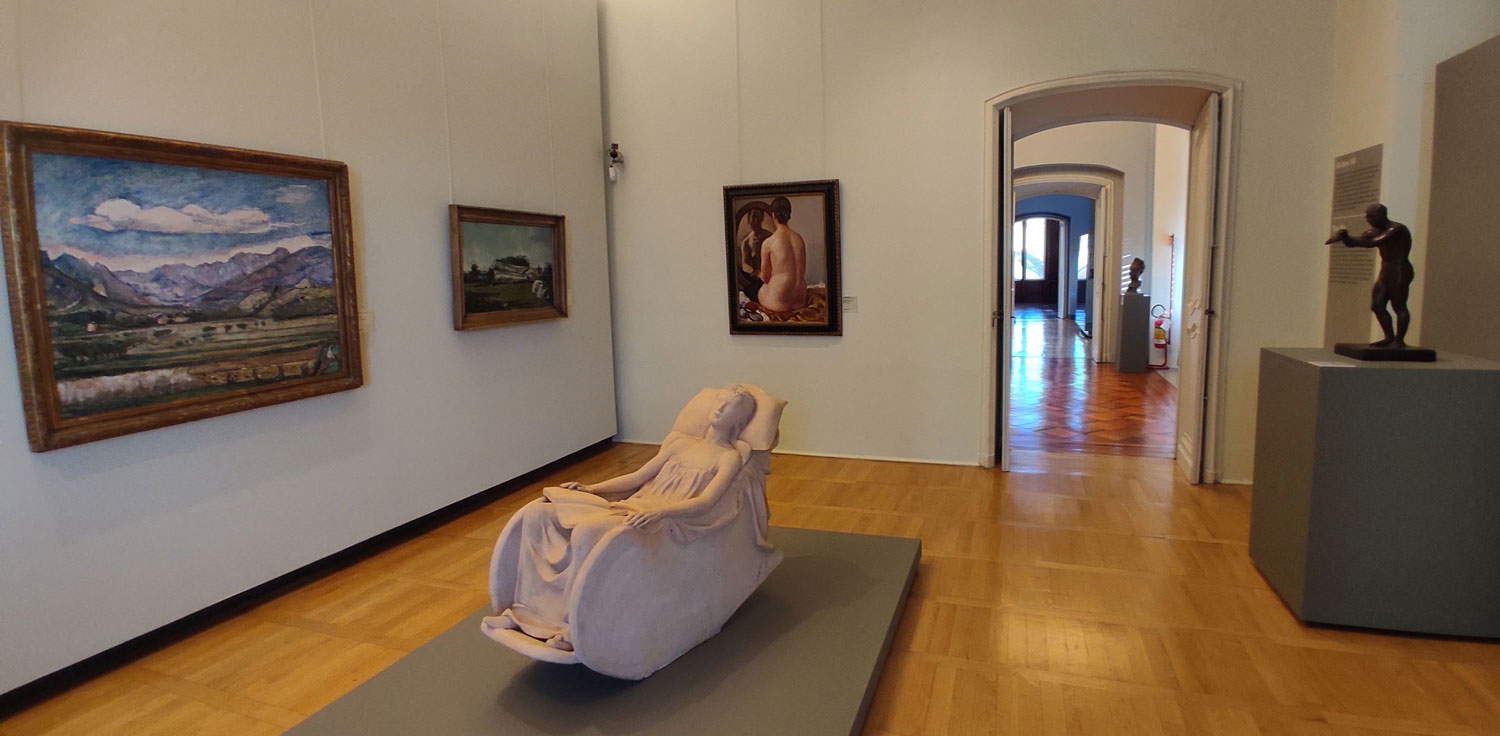 The
The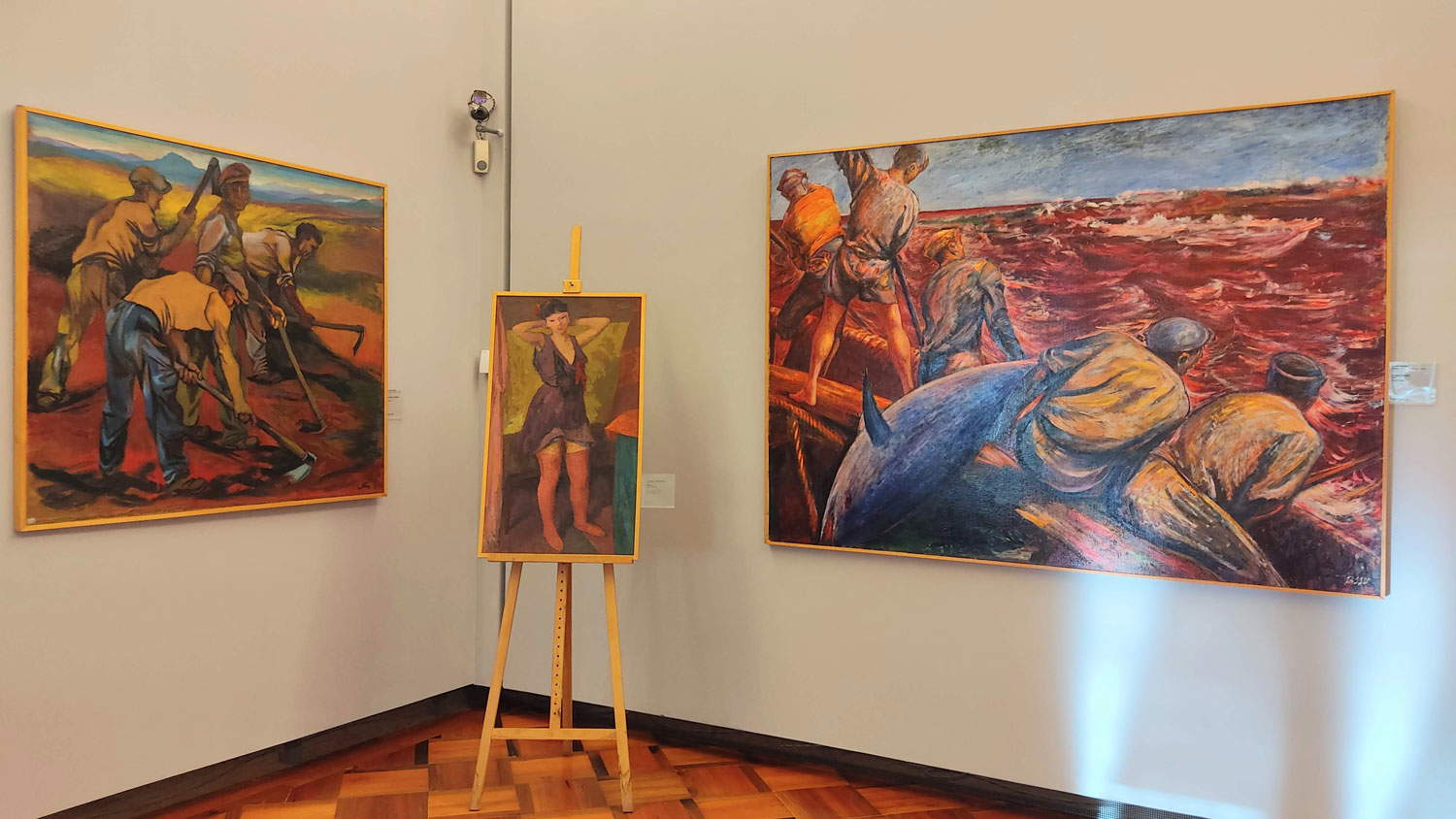 The
The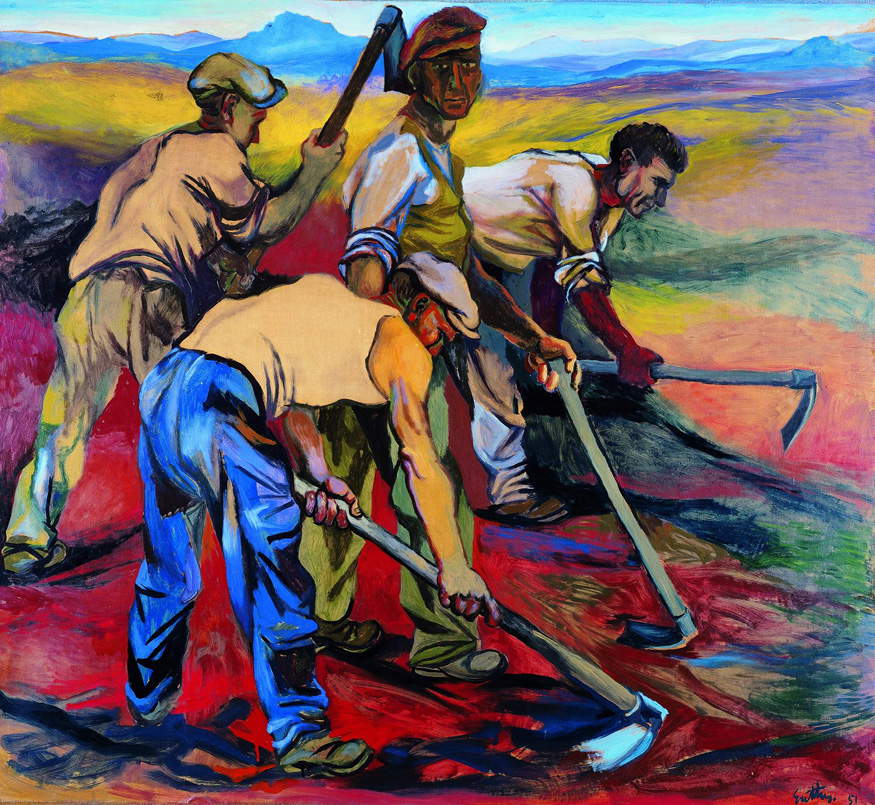
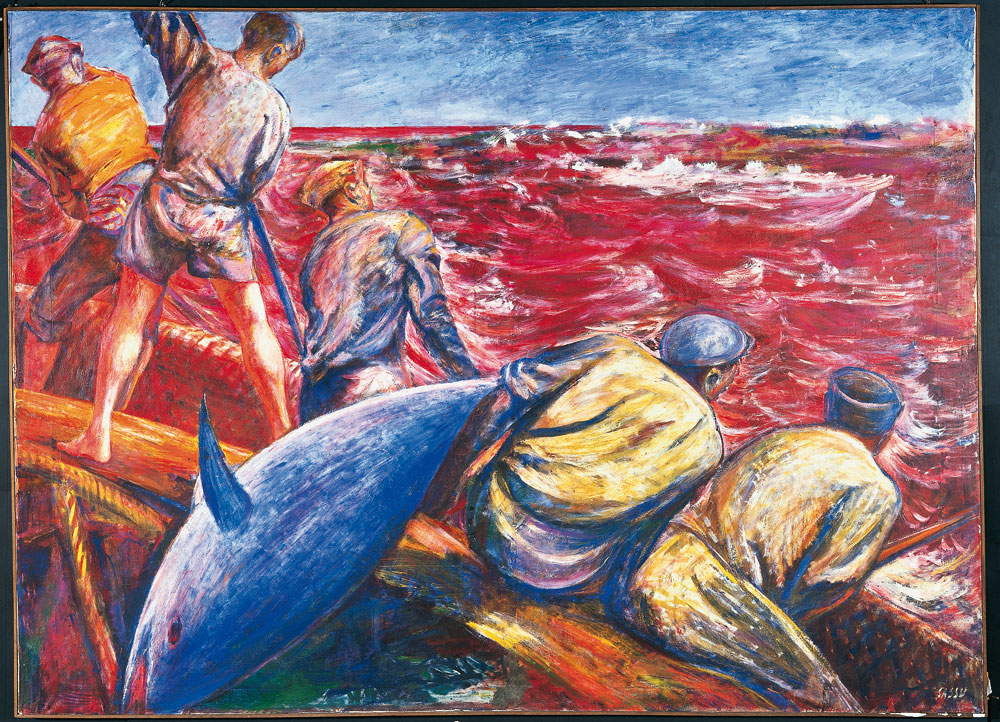
Nomellini’s influence was immediately picked up and can be seen in works such as Giovanni Battista Costa ’s Coal Unloaders and in Rubaldo Merello ’s enameled production dedicated to the landscape of the Portofino coast and mountain, whose such pure and energetic tones almost bring him close to Fauve poetics. The 1920s in Liguria followed Italian instances with a return to order in both painting and sculpture, the rediscovery of the Italian artistic tradition connoted movements such as Valori Plastici, Novecento, Metaphysics and Magical Realism.
Sculptors oriented toward the reinterpretation of classical models are represented here, such as Arturo Martini, Francesco Messina and Eugenio Baroni, the latter two long active in Genoa, including public commissions. There are also important paintings by Filippo De Pisis, Arturo Tosi and several others, which entered the civic collections as acquired during biennials and exhibitions. The itinerary concludes with a room housing works by artists active in the 1950s, in particular some works marked by a tight figurativism deserve a mention: the beautiful nude by Fausto Pirandello and paintings turned toward a socialist brand of realism Contadini a lavoro by Renato Guttuso and the evocative La mattanza painted by Aligi Sassu, where in a sea overflowing with blood the fishing of tuna takes place.
In conclusion, the Gallery of Modern Art in Nervi is a museum of great value, with a coherent itinerary that allows one to follow the evolution of modern art in Liguria through important masterpieces, albeit proposing a history that does not develop beyond the 1950s. A visit to it away from the hustle and bustle of the city and surrounded by a dreamy natural landscape is a perfect complement to a vacation in Genoa.
Warning: the translation into English of the original Italian article was created using automatic tools. We undertake to review all articles, but we do not guarantee the total absence of inaccuracies in the translation due to the program. You can find the original by clicking on the ITA button. If you find any mistake,please contact us.